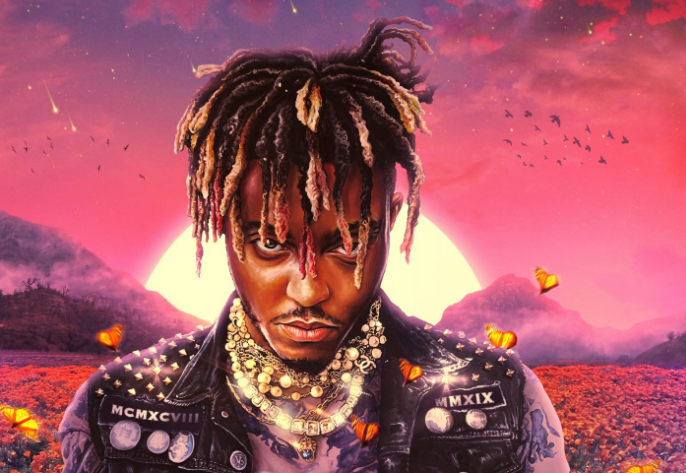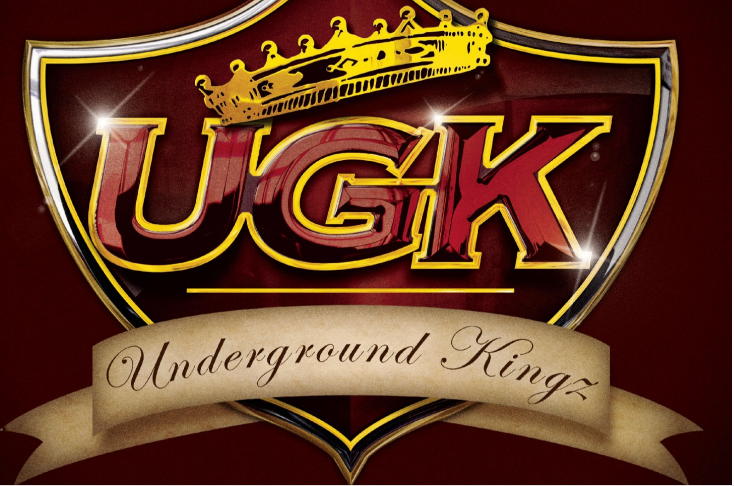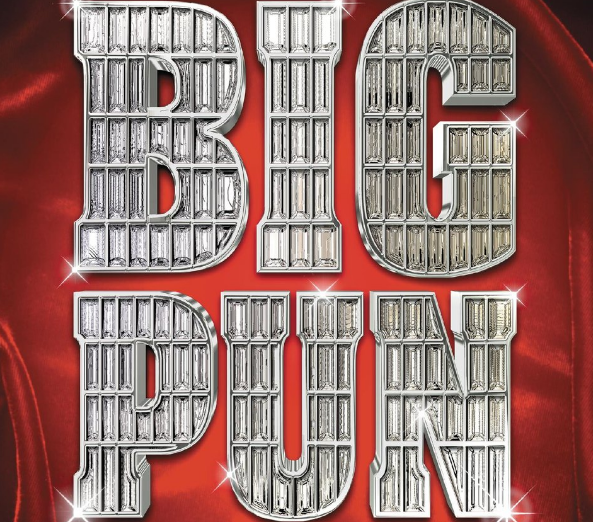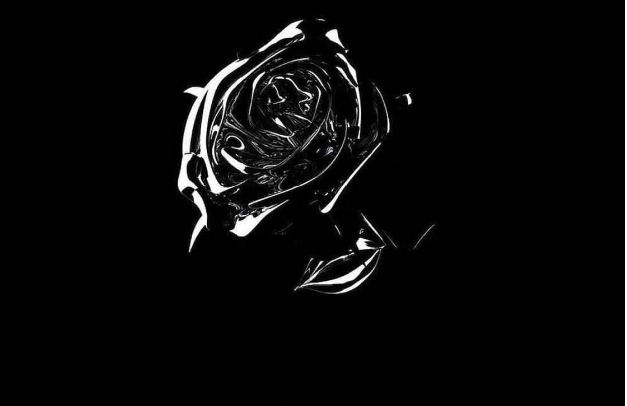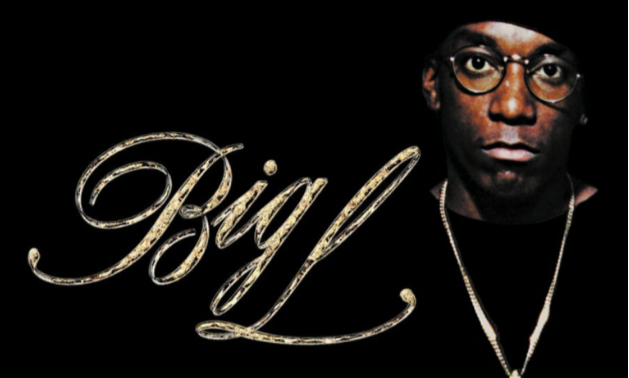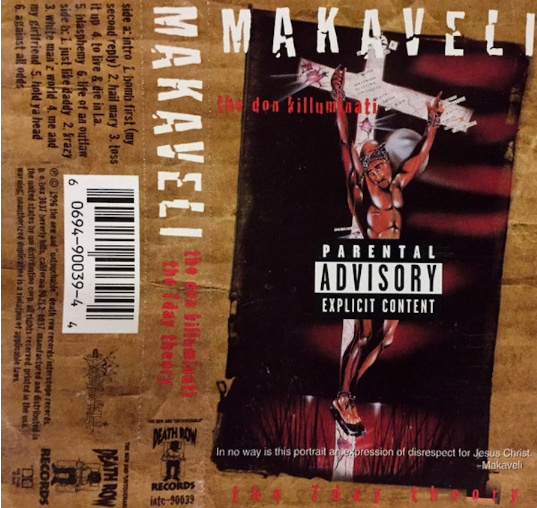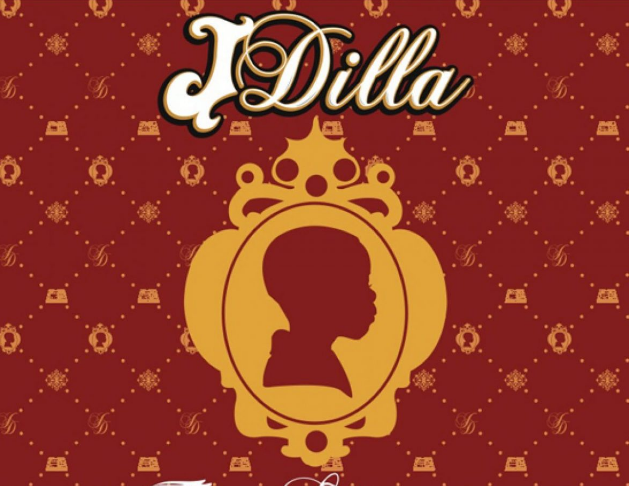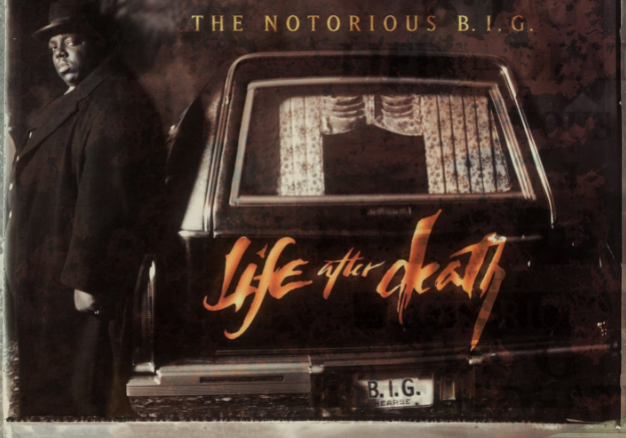Best Posthumous rap albums are tricky projects to navigate, as both a consumer and producer. The departed musical artists leave blueprints to construct new work from scraps of the old, often found in their previous releases, their relationships with people around them, and their hopes and wishes for a future that they won’t see.
These are the best rap albums released after the artist’s death, featuring selections from The Notorious B.I.G., Tupac, Mac Miller, Pop Smoke, and more.
In rap, a genre disproportionately affected by deaths of artists, posthumous albums are important commodities because they allow fans to reckon with an artist (at least) one last time before they can look forward to no new music. At that point, their messages become memorialized and we can only marvel at the potential found in their last projects.
Here are the top 10 Best Posthumous Rap Albums of All Time
We have compiled the best posthumous rap albums of all time and made a list based on the power and impact of the respective release. Check it out below.
10. The Jacka — Murder Weapon
Five years after his death, The Jacka’s legacy was fully reckoned with for the release of Murder Weapon. Bringing in many of his collaborators and artists of a similar ilk like Freddie Gibbs, Killah Priest, Styles P, and more, it’s a posthumous album that makes sense, showcasing the vehement cadence that makes The Jacka someone to reckon with. It may have taken a little time to get together, but Murder Weapon was definitely worth the wait.
9. Juice WRLD — Legends Never Die
Legends Never Die has had the biggest debut of 2020 so far. Juice WRLD was at the pinnacle of his career at his passing in 2019 due to a drug overdose.
Legends Never Die is the sendoff that feels perfect, largely because of how close to death that his subject matter often reached. His unflinching honesty on songs like “Wishing Well,” where he ponders how close his life is connected to pills, elicit chills and showcase to the extent just how large of an artist that he was becoming. Though he may not be here anymore, the emotions that he confronts on Legends Never Die will always remain relevant — especially when we look in the mirror.
8. UGK — UGK 4 Life
Pimp C’s untimely death in 2007 was a crushing blow for UGK. Pimp was around for most of UGK 4 Life’s recording process, meaning that his larger-than-life, sneering, and braggadocious personality make it onto the LP in its most genuine form. And due to that, both Pimp C and Bun B manage to give the UGK mythos a proper send-off.
UGK 4 Life is comprised of Pimp C and Bun B’s legendary world-building, built around a feature list that features not only Snoop Dogg and E-40, but Ronald Isley and Akon amongst others. Together, they created a necessary resolution to the group’s long and storied career.
7. Big Pun — Yeeeah Baby
To say that Big Pun was at the peak of his success would be a lie — but he was well on his way to. Just two days before his death, he canceled a performance on Saturday Night Live with Jennifer Lopez and Fat Joe. So when Yeeeah Baby came out after his death, it was a reminder of his absurdly high ceiling.
His flow had been slowed down because of his health issues, but it was still Pun in top form — delivering a charismatic blend of player-smooth rhymes and viciously violent threats. He avoided cliche collaborations, which many presumed wouldn’t be the case because of “Still Not A Player’s” crossover appeal, and kept things honest and true to the heart with appearances from Remy Ma, MOP, and precious few others.
6. Pop Smoke — Shoot For The Stars, Aim For The Moon
The death of Pop Smoke still hurts. The 20-year-old rapper had so much more of the rap industry, and life, to conquer with his one-of-a-kind voice, charisma, and aesthetic. So when 50 Cent stepped in to help get this project together, fans rejoiced because Pop Smoke looked up to 50 Cent and his career, and there were many similarities. While it’s not perfect — there are a lot of guests — Shoot For The Stars, Aim For The Moon is Pop Smoke’s enduring message based on the aesthetic that we’ve seen so far.
5. Mac Miller — Circles
Optimistic, introspective, and unorthodox, Mac Miller’s Circles is the parting message of a man who understands life’s ebb and flow. The album is the unfinished half of Swimming, the diaristic, haunting LP that dropped a month before his death. And while Swimming battles with detoxifying his mental capacity, Circles is about reckoning with what’s inside his brain, realizing that it’s okay to not be okay. The album was put together by producer Jon Brion who finished up Miller’s final body of work with a loving ode to perfection.
4. Big L — The Big Picture
Being one of the most technically-gifted lyricists of his time with only one album out, the underground fervor for Big L was at its peak before his death. He was in the process of signing to Roc-A-Fella shortly before his death, planning to take his career to the next level with the release of The Big Picture, an album he’s started working on in 1997. But his sudden death in a drive-by shooting left his manager Rich King to piece together the pieces of the project so that it would hopefully make sense to fans.
Not only did it make sense, it has become one of the most well-received posthumous projects in rap’s history. Big L’s flow and voice control on underground classic like “Ebonics” and “The Heist” make the anxiety-inducing moments in his expertly crafted stories hit even harder, showcasing a potential that continues to keep his name in the conversation of the best rappers ever.
3. Tupac/Makiavelli — The Don Killuminati: The 7 Day Theory
In the months leading up to his death, Tupac was in a maelstrom of controversy, largely stemming from both Death Row Records and Bad Boy Records being at each other’s throats. His sudden death in a drive-by shooting closed his story on an abrupt note, but his first posthumous album, The Don Killuminati: The 7 Day Theory — which came under a new alias, Makiavelli — opened up a new chapter, one obsessed with revenge and systematic inequalities.
When he was in prison Tupac reportedly not only studied The Prince by Machiavelli, but also Sun Tzu’s The Art of War. His militant manner of bringing his beefs to The Don Killuminati: The 7 Day Theory is strategic and plays into the album’s ongoing presence as one of Tupac’s definitive works. Decades later, Tupac’s legacy remains through one of his crucial projects.
2. J Dilla — The Shining
When J Dilla died from complications related to lupus in 2006, The Shining wasn’t yet completed. While he was in the midst of receiving treatment at the Cedars-Sinai Medical Center, he still had a fourth of a way to go. Upon his death, frequent collaborator Karriem Riggins helped to orchestrate the remainder of the LP and bring it together. The finished product has become nothing short of legendary.
Lush, soulful, and heavy, The Shining is a water-tight collection of Dilla’s one-of-a-kind instrumentals — but it isn’t a beat tape. Busta Rhymes, Common, Pharoahe Monch, and other legends illuminate these beats with dizzyingly tight verses suited for the occasions. But, over the course of these runtimes, the voices fade into oblivion as the snares, bold horns, and kazoo orchestra make it unquestionably clear that Dilla’s a legend.
1. The Notorious B.I.G. — Life After Death (Best posthumous rap albums)
For as gargantuan as his imprint on hip-hop is, it’s hard to believe that Life After Death was just Notorious B.I.G.’s second album. He was gunned down in March of 1997 and the LP was released a little more than two weeks after his death. Under the new circumstances surrounding its release, Life After Death was both the best of Biggie’s work, and the most depressing for what it suggested: that he was the star that many thought he could be if given more time.
Revenge, sneaky sex, and a ridiculously violent side stories, Life After Death has it all across its 24 tracks. Today, that would be considered unnecessary bloat to materialize extra streams but for Biggie, at the time, it was necessary to pack the climax and conclusion into the new LP. He was a mafioso kingpin and girlfriend-slayer, unafraid of death as he constructed a universe that revolved around him. It’s often debated whether hip-hop climaxed around his run in the 1990s, and, listening to Life After Death, you can understand this reasoning.

